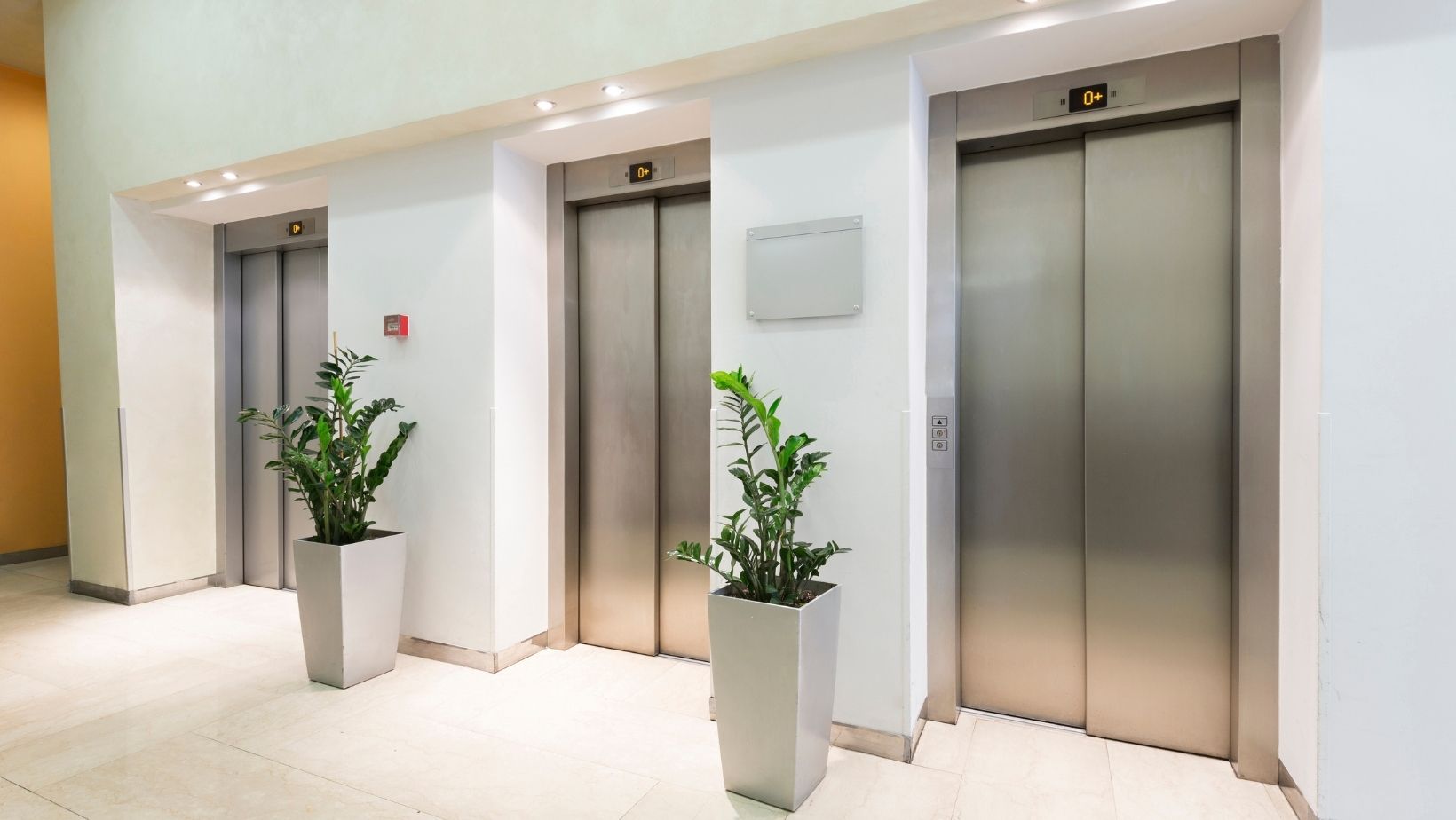Reaching your floor quickly and without a hitch in modern office towers is a comfort to some, while it is a part of daily productivity for many. Long elevator waits and frequent stops can eat into precious time during rush hours. This is where a new approach to elevator technology, destination control elevators, has quietly taken hold to change the way buildings operate.
How It Works
In the traditional system, passengers press an up or down button before selecting a floor inside the car. However, with a destination-based elevator, users choose a target floor before entering the elevator. They can do this through a touchscreen or keypad in the lobby or near the elevator entrance.
Once you select the floor, the system assigns you to an elevator car whose route is already set to serve floors near the chosen one. In other words, rather than halting unthinkingly at every level, the vehicle strategically optimizes the route with fewer halts, thereby shortening the actual travel time. This intelligent grouping of passengers means that one car will have fewer destinations to serve per trip.
The Need for It in Offices
Corporate campuses often struggle to manage the smooth and efficient movement of people. Elevator congestion can be a considerable hindrance to operations during rush hours, especially in the morning, at lunchtime, and closing hours. That’s where the benefits of destination control elevators come in.
The top pros include:
- Reduced waiting period: Passengers are grouped by their final destinations. So, fewer people will be standing around waiting.
- Faster journeys: There are fewer stops, and the elevators arrive at the floors quickly.
- Crowd-free: Lobby areas start to feel spacious and open, with ample elbow room in elevators.
- Flow enhancement: Everyone enters the meeting room punctually, and their work is not interrupted by an inefficient elevator system.
Beyond Speed: Smarter Movement
These elevators do not just provide fast transportation—they move intelligently. Using real-time data, the system adjusts the operation to the day’s traffic patterns. It allocates cars differently to balance demand.
For instance, if the mornings are busier, destination control elevators will allocate cars differently to meet the demand. In other words, it learns how people use the building and adapts to their needs accordingly.
Some systems can even integrate with access passes or ID cards. So, whenever someone taps in using their card, the system already knows which floors they are allowed to access and consequently directs them straight there.
More Than Just Convenience
One less apparent benefit of the destination-based system is that it offers significant energy savings. This is because elevator cars do not stop at every level, reducing their power consumption. Over time, fewer unnecessary trips also lead to fewer frequent mechanical breakdowns, bringing down repair and maintenance costs.
In tall buildings, energy savings can be substantial due to this kind of efficiency. They thrive indefinitely due to their endurance in avoiding preventive maintenance and minimizing the number of service disruptions.
Things to Consider
Getting used to this system might take some time. Most people are accustomed to pressing a button inside the elevator car. In a destination-controlled setup, they’d have to learn to enter their intended floor before boarding. However, with good signage and guidance, the adjustment period is brief.
Retrofitting can be difficult for a building that wasn’t constructed with this technology. However, modern solutions are becoming increasingly modular, allowing for easier integration of destination systems, even in older setups.
The Future of Moving an Office
As office spaces continue to evolve, the toolset used to manage them must evolve with them. Destination control elevators are quietly but powerfully part of that transformation. Making vertical travel faster, more innovative, and more intuitive, these elevators free up time and space, two things every workplace currently needs.
In a world where productivity and user experience are intertwined, these elevators benefit everyone.

















